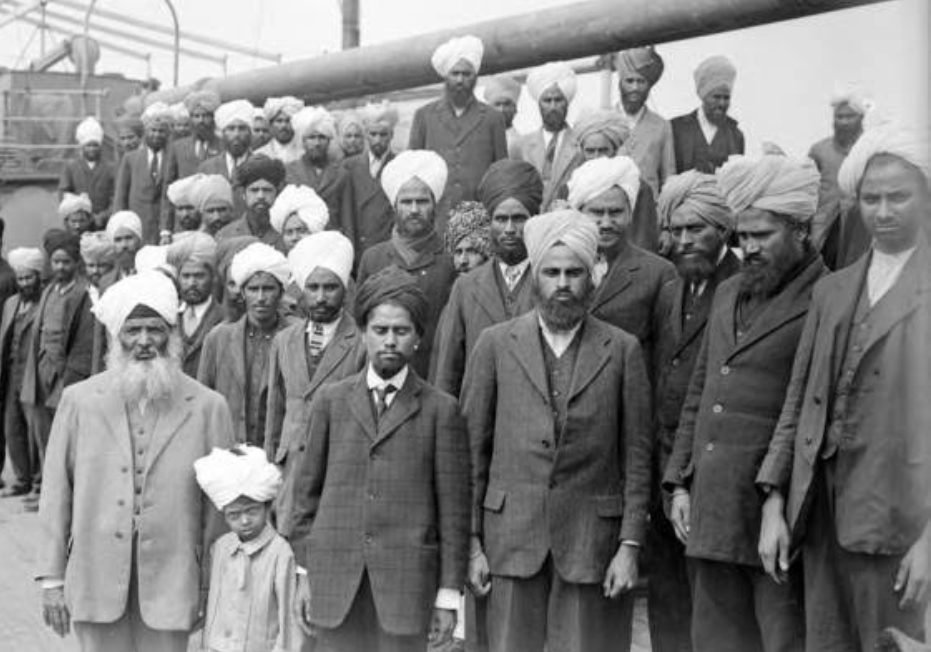What was Komagata Maru incident?


In March 1914, the dreadful voyage of the Komagata Maru to Canada began. Long ago, Canada passed legislation restricting admittance to only those who undertook a continuous voyage from India, placing severe restrictions on Indian immigration. This plan was successful since there was no marine line that offered a route along that line. The Canadian Supreme Court did, however, grant admittance to 35 Indians who had not journeyed continuously in November 1913. This wise choice motivated Gurdit Singh, an Indian contractor based in Singapore, to charter a ship to transport Indians to Vancouver Falls from all over East and Southeast Asia.
The ship set off for Vancouver with a total of 376 Indian passengers. On the ship at Yokohama, Japan, Ghadar activists delivered talks and handed out literature. If the Indians were denied entry to Canada, the Punjabi press offered ominous warnings. The Canadian media, on the other hand, took a different stance, and some newspapers in Vancouver ran alarms about the “Mounting Oriental Invasion.” In the interim, the Canadian government had closed the legal loopholes that had led to the Supreme Court’s decision in November. The battle lines were drawn in the sand. The ship was encircled by police and prevented from entering the port when it arrived in Vancouver.
Under the direction of Husain Rahim, Sohan Lal Pathak, and Balwant Singh, a “Shore Committee” was established to defend the rights of the passengers. Meetings for protest were arranged, and money was raised. A British-backed uprising in India was on the verge of happening. Under the direction of Bhagwan Singh, Barkatullah, Ram Chandra, and Sohan Singh Bhakna, a potent campaign was organised throughout the United States, and the populace was counselled to geant ready for an uprising. Soon later, the Komagata Maru was compelled to depart the Canadian seas.
No passenger was allowed to disembark anywhere during the route, not even at the ports where they had boarded the ship; only at Calcutta, according to a British government decree. The ship arrived at Yokohama before to the start of World War I.Every port the ship visited saw a surge of resentment and fury within the Indian population as it became a focal point for anti-British mobilisation. The ship’s apprehensive and irate passengers assaulted the police when it landed in Budge, near to Calcutta, as a result of the government’s unfriendly stance. 18 passengers were murdered in the struggle, and 202 were detained. Some of them were able to get away.
Leading members of the Ghadar Movement gathered for a special conference where they determined that the chance must be taken, that it is better to die than do nothing at all, and that their primary weakness—a shortage of weapons—can be solved by travelling to India and gaining the support of Indian soldiers. The Ailan-e-Jung, or Proclamation of War, was published by the Ghadar Party and widely disseminated. Ram Chandra, Bhagwan Singh, and Mohammed Barkatullah organise several at several public gatherings to entice Indians to organise an armed uprising in their native country. Indians were despatched to Singapore, Burma, China, Hong Kong, the Malay States, Japan, the Philippines, and Singapore to convince people to come home and join the rebels. The more furious Ghadar supporters immediately departed for India, including Raghubar Dayal Gupta and Kartar Singh Sarabha, who was later killed by the British in a conspiracy case.Due to the prejudice and violation of human rights, the Komagata Maru incident garnered attention and outrage on a global scale.
This was one of numerous occasions in the early 20th century where exclusion laws prevented immigrants of Asian descent from entering Canada and the United States. Inadvertently helping the Indian freedom movement, the incident gave the Ghadar party additional drive to keep fighting against colonial rule. The Ghadar Party made significant use of the heightened feelings following the tragedy to further its goals. The incident serves as a reminder to Indians of the contribution made by those who participated in the fight for independence while residing abroad.
https://www.clearias.com/ghadar-party/
DISCLAIMER: The author is solely responsible for the views expressed in this article. The author carries the responsibility for citing and/or licensing of images utilized within the text.
